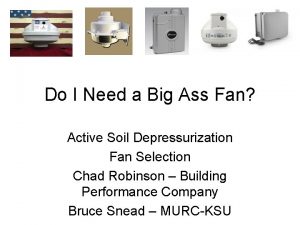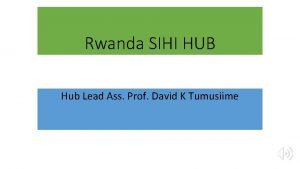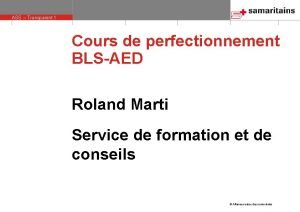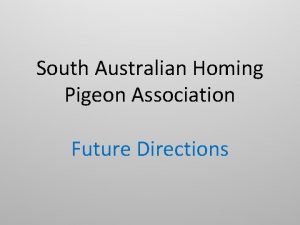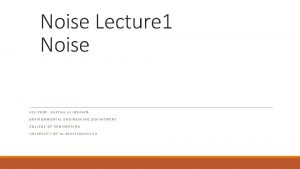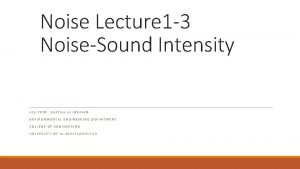Noise Lecture 1 2 Noise ASS PROF SHATHA






- Slides: 6

Noise Lecture 1 -2 Noise ASS. PROF. SHATHA AJ IBRAHIM ENVIRONMENTAL ENGINEERING DEPARTMENT COLLEGE OF ENGINEERING UNIVERSITY OF AL-MUSTANSIRIYAH

. 3 Categories of Waves On the basis of the direction of the movement of the individual particles of the edium relative to the direction, waves are categorized as transverse waves, ongitudinal waves, and surface waves. A transverse wave is a wave in which articles of the medium move in a direction perpendicular to the direction, which he wave moves, i. e. they are characterized by particle motion being erpendicular to wave motion. A longitudinal wave is a wave in which particles f the medium move in a direction parallel to the direction, which the wave oves, i. e. they are always characterized by particle motion being parallel to ave motion. A surface wave is a wave in which particles of the medium undergo circular motion. They are neither transverse nor longitudinal waves.


. 4 Octave Bands Most sound sources contain energy over a wide range of requencies. For measurements, analysis and specification of ound, the frequency range is divided into sections called the requency bands. One command standard division into 10 octave ands identified by their center frequencies: 31. 5, 63 , 125 , 250 , 500 , 1000 , 2000 , 4000 , 8000 and 16000 Hz. The frequency of these 10 octave bands is 22. 4 – 22400 Hz. urthermore, there are 4 other octave bands covering the nfrasonic range of frequency with centre frequencies of 2 , 4, 8 nd 16 Hz, the frequency range of these 4 octave bands is 1. 41 – 22. 4 Hz. In each octave band, the upper limiting frequency f. U is exactly wice the lower limiting frequency f. L. The centre frequency f. C of ach octave band defined as: �� C=√(f. U×f. L ) = √ 2 f. L

Octave bands Hz Octave centers �� C Hz f. L f. U 1. 41 2. 82 2 2. 82 5. 62 4 5. 62 11. 2 8 11. 2 22, 4 16 22, 4 44. 7 31. 5 44. 7 89. 1 63 89. 1 178 125 178 355 250 355 708 500 708 1410 1000 1410 2820 2000 2820 5620 4000 5620 11200 8000 11200 22400 16000

. 5 Sound Pressure The sound is caused by rapid fluctuations in air pressure; a sound ave consists of pressures above and below the normal pressure in the ir. The smallest sound pressure that an average young adult can detect orresponds to a sound pressure of 20 µpa at a frequency 1000 Hz. This alue of sound pressure is internationally accepted as the threshold of earing.
